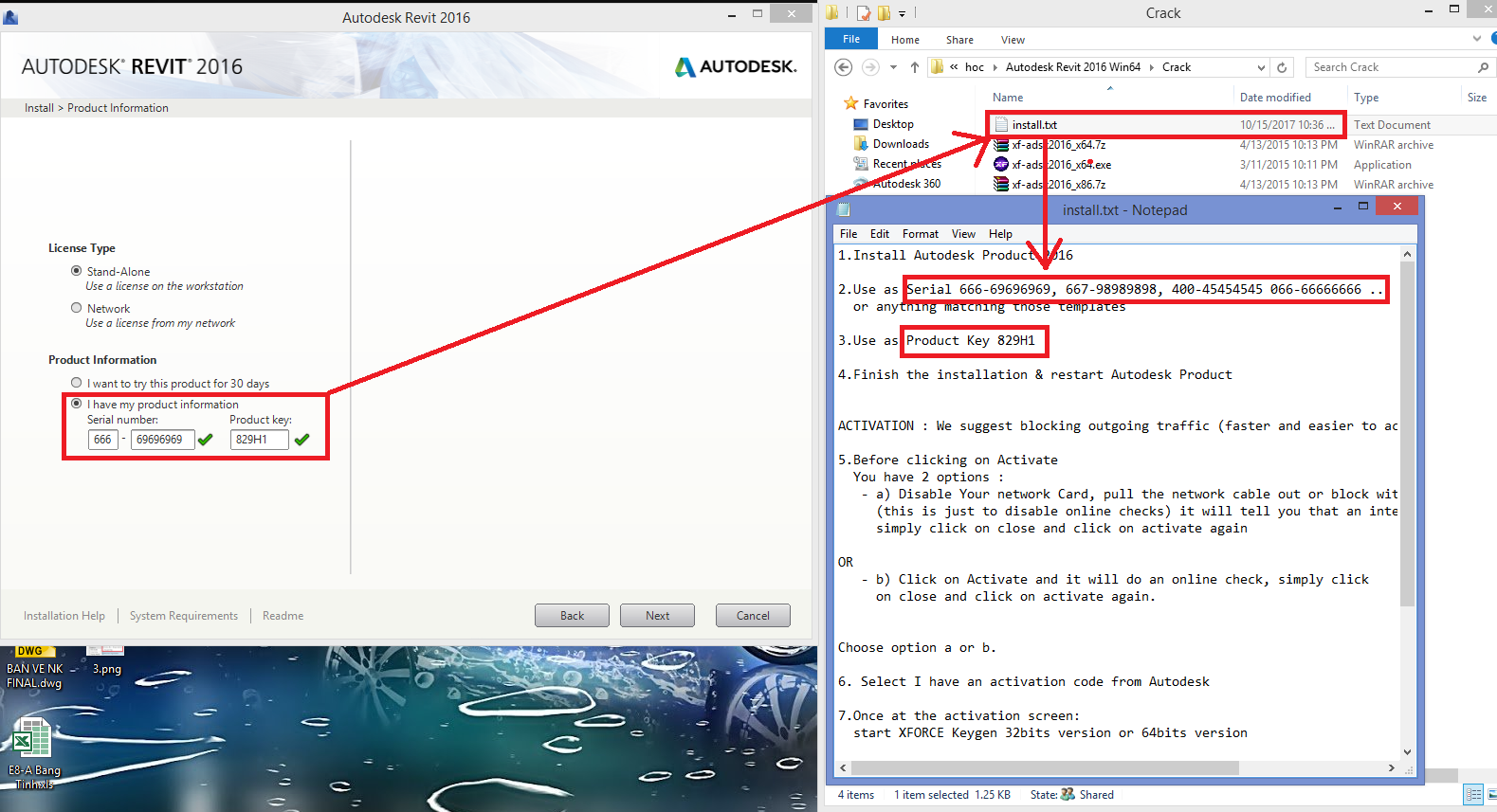

SIDs are a fundamental building block of the Windows security model. Well-known SIDs have values that remain constant across all operating systems. For example, the Everyone and World SIDs identify a group that includes all users.

In addition to the uniquely created, domain-specific SIDs that are assigned to specific users and groups, there are well-known SIDs that identify generic groups and generic users.

This token provides the security context for whatever actions the user performs on that computer. The access token contains the user's SID, user rights, and the SIDs for any groups the user belongs to. When a SID has been used as the unique identifier for a user or group, it can never be used again to identify another user or group.Įach time a user signs in, the system creates an access token for that user. The system generates the SID that identifies a particular account or group at the time the account or group is created. Security principals can represent any entity that can be authenticated by the operating system, such as a user account, a computer account, or a thread or process that runs in the security context of a user or computer account.Įach account or group, or process running in the security context of the account, has a unique SID that is issued by an authority, such as a Windows domain controller. What are security identifiers?Ī security identifier (SID) is used to uniquely identify a security principal or security group.
#Crackear autocad 2014 professional#
This topic for the IT professional describes security identifiers and how they work in regards to accounts and groups in the Windows operating system.


 0 kommentar(er)
0 kommentar(er)
